Cliffhanger: Zaha Hadid’s Messner Mountain Museum is carved into Mount Kronplatz
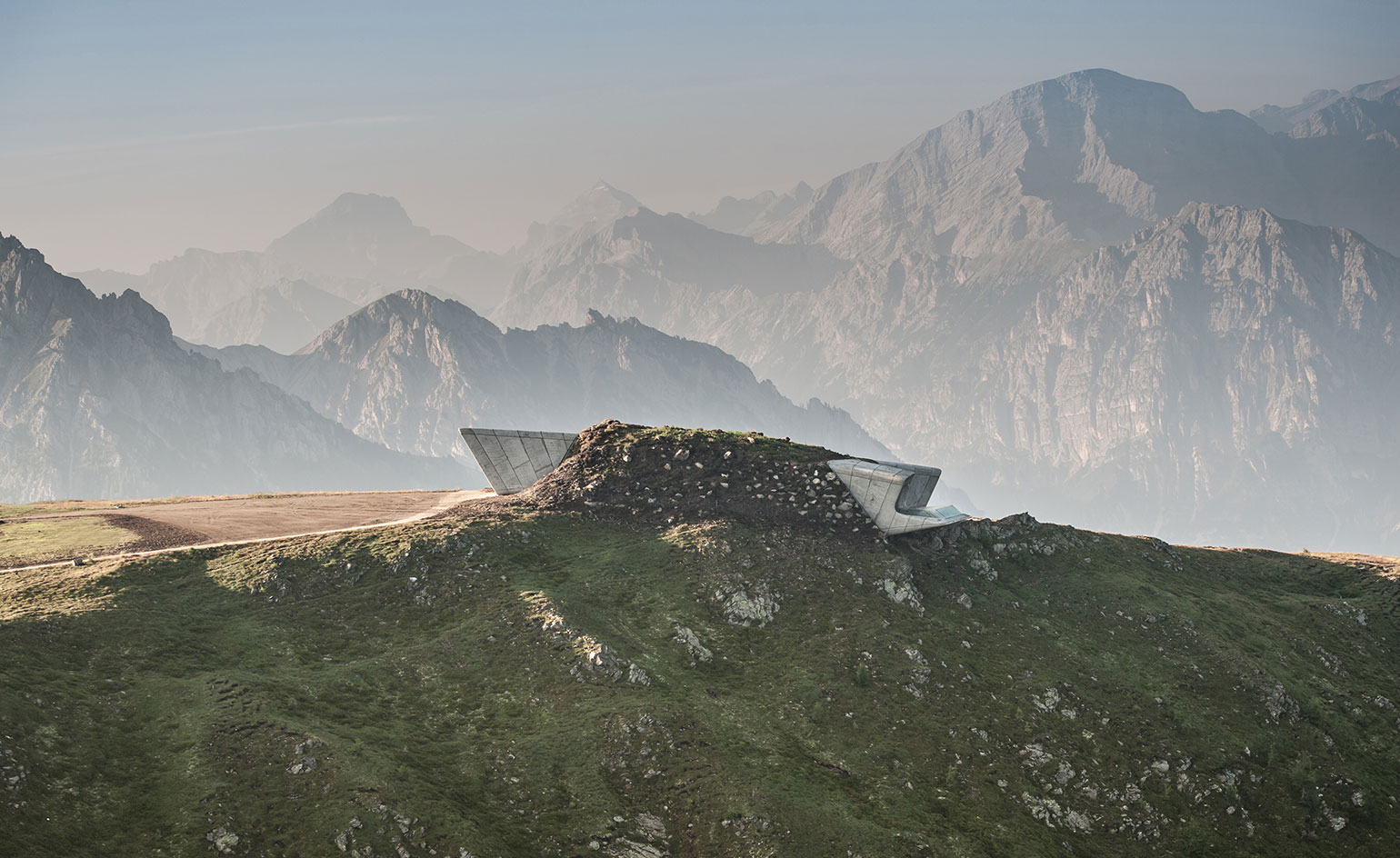
The Messner Mountain Museum is Zaha Hadid's third project in the Alps, following her seminal Bergisel Ski Jump - a project that despite its relatively small scale has been landmark in the architect's early career - and the 2007 Norpark Cable railway station, both in Innsbruck. The architect's new alpine adventure, officially inaugurated this month, is equally fairly modest in scale, but not ambition. it is also unashamedly modern, featuring the office's signature architecture curves.
Masterfully carved into the top of Mount Kronplatz, some 2,275m above sea level, this new museum dedicated to mountain climbing sits at the heart of South Tyrol's most popular ski resort in the Dolomites. This is the sixth and final such museum created in collaboration with renowned mountaineer Reinhold Messner - the existing ones in Firmian, Dolomites, Juval, Ripa and Ortles are scattered across the region, designed by different architects.
Hadid's Messner Mountain Museum in Corones is embedded into the ground across 1,000 sq m, with three periscope-like element made of glass-reinforced fibre concrete jutting out from the hill, indicating its presence. Large windows at each end frame the mountain views, bringing plenty of natural light deep into the structure. The building spans three main levels, including ample exhibition space, offices and a cinema. Its 40-50cm thick walls and 70cm thick roof support the earth around it and protect it from the harsh winters.
The displays present the development of modern mountaineering and 250 years of progress in terms of the climbers' equipments. The architecture team aimed to take the visitors into a journey inside the mountain's grottos, Hadid explains, before leading them out to the terrace on the opposite side, at the lowest level, to experience panoramic views of the region.
The museum is a mirror of the world of my childhood,' says Messner. 'The Geislerspitzen, the central buttress of the Heiligkreuzkofel (the most difficult climb in my whole life) and the glaciated granite mountains of the Ahrn Valley.'
Surrounded by the famous peaks of the Zillertal, Ortler and Dolomites, the new Messner Mountain Museum is immersed into its surroundings, at one with its rocky context.
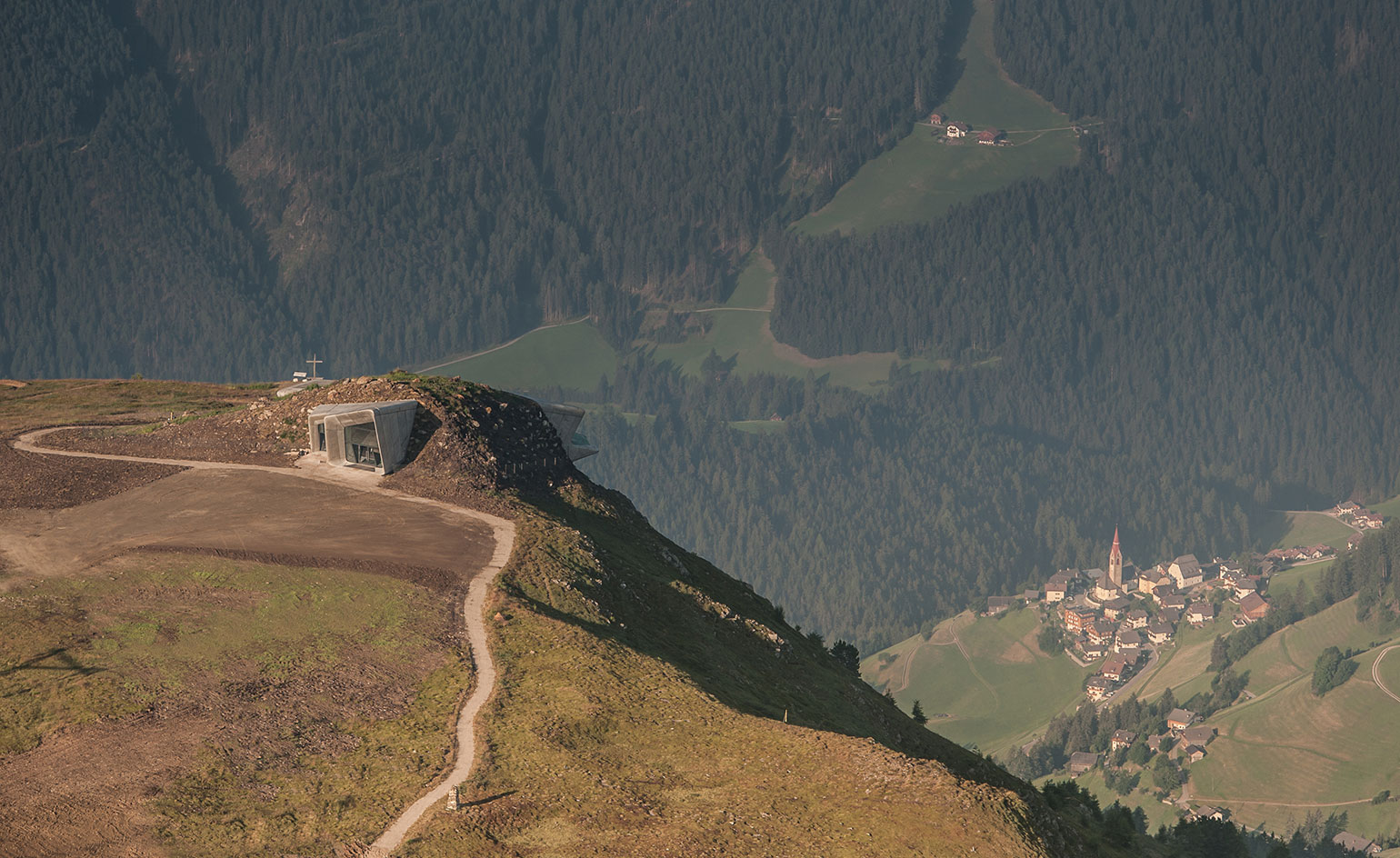
The striking project is embedded into the top of the area's Mount Kronplatz.
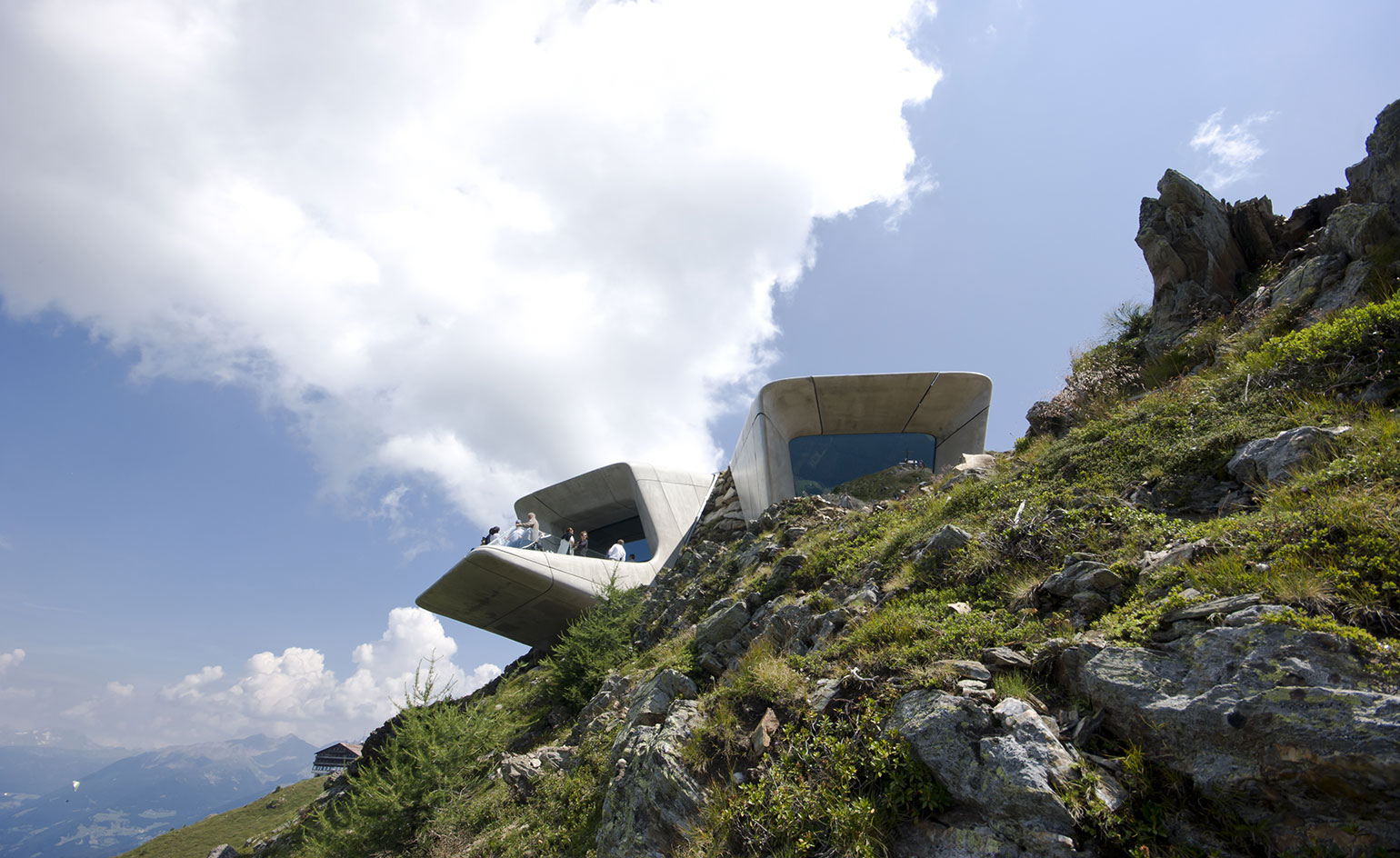
Three concrete elements jut out of the mountain's side, marking the museum's presence
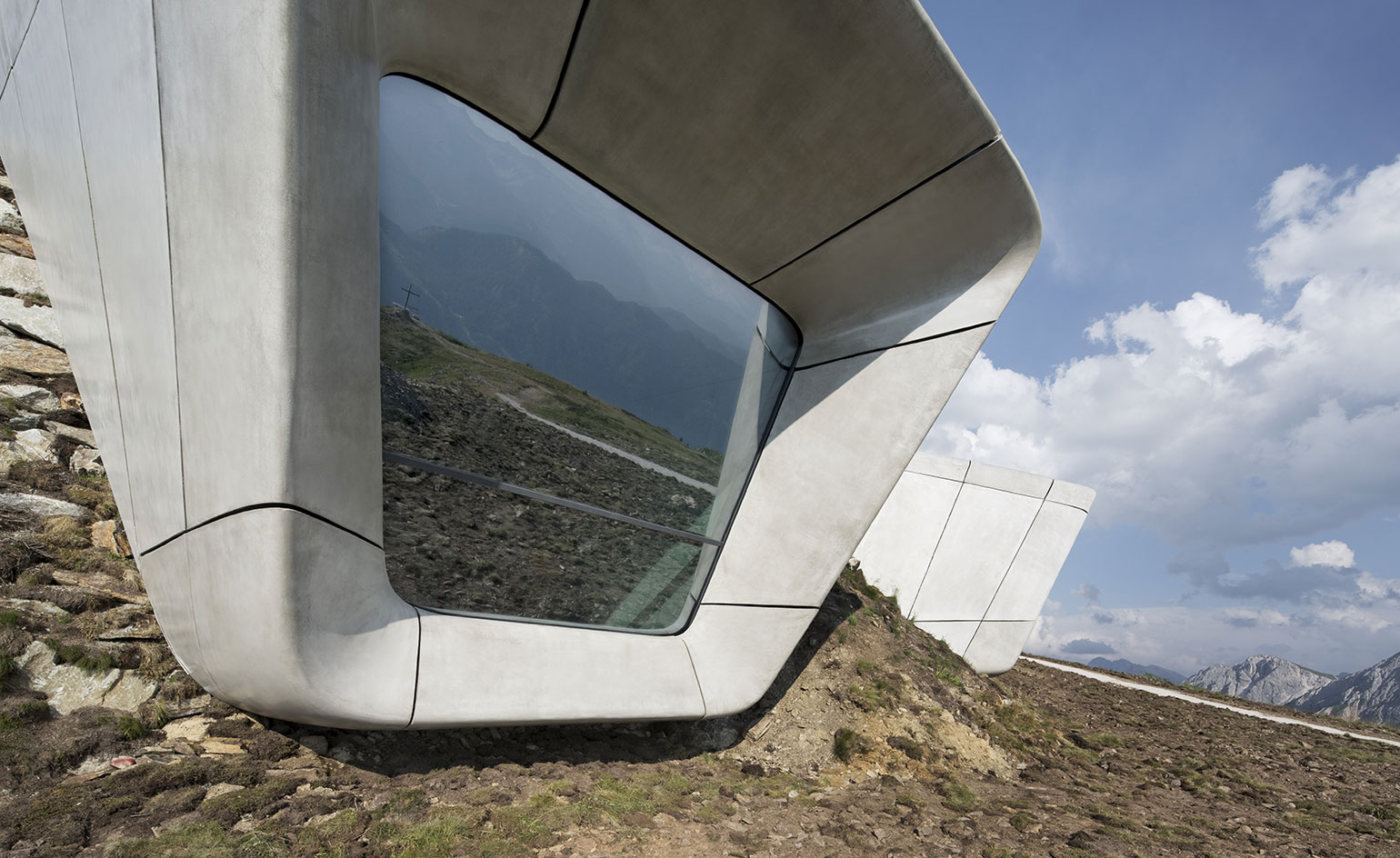
Equipped with large openings, these elements help bring plenty of natural light, deep into the building.
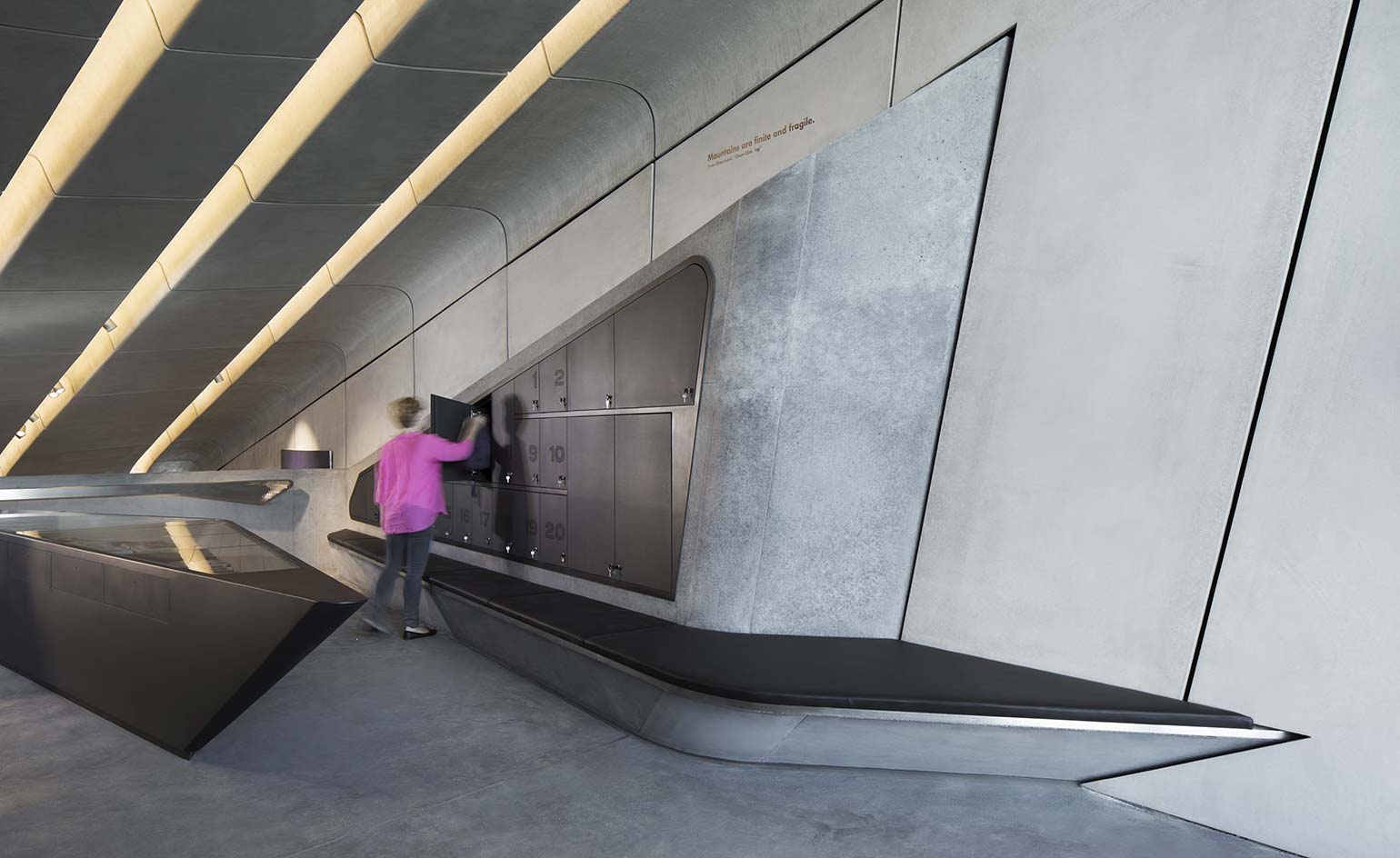
The structure includes ample space for exhibitions, as well as offices and a cinema.
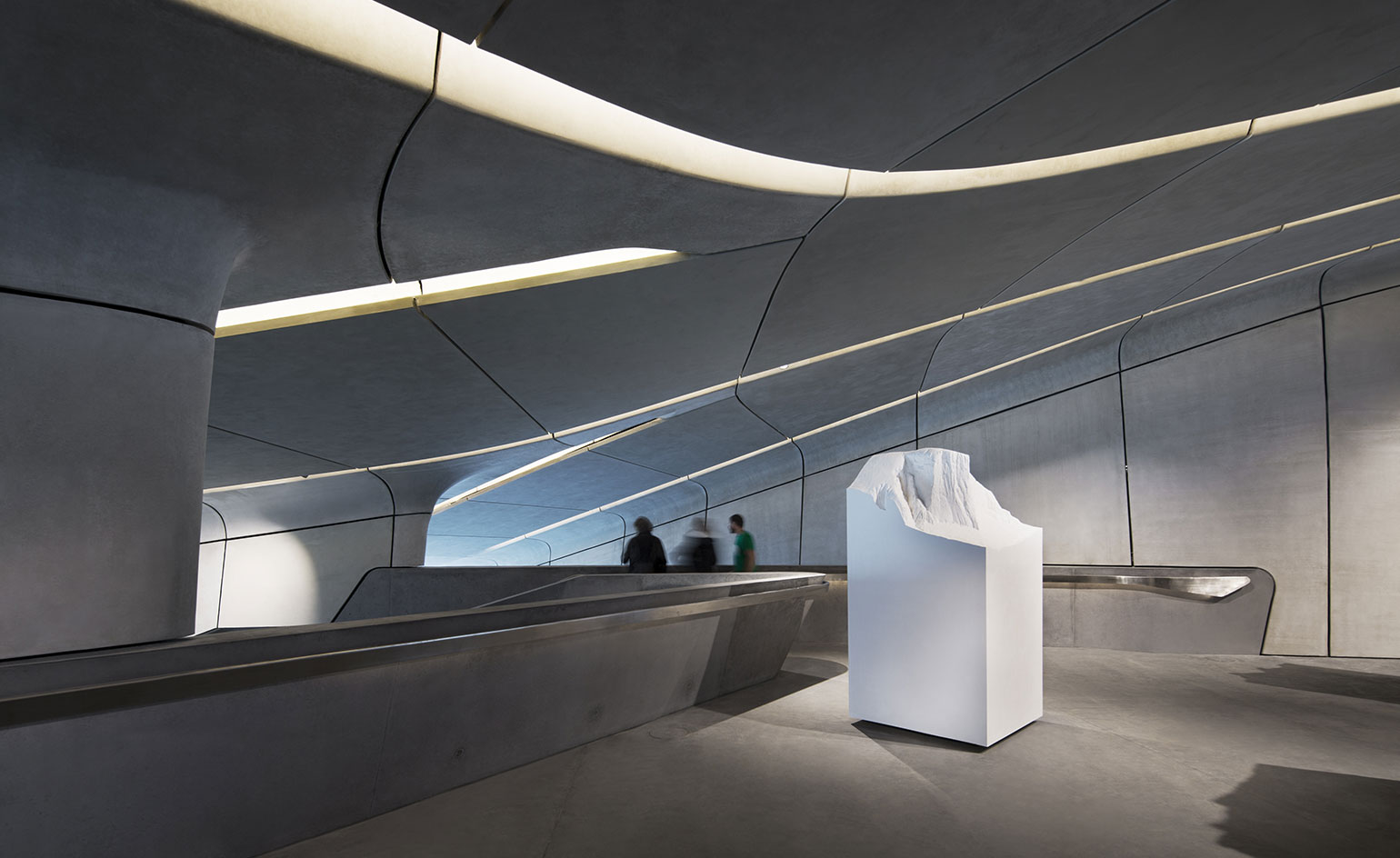
The interiors feature the office's signature architectural curves.
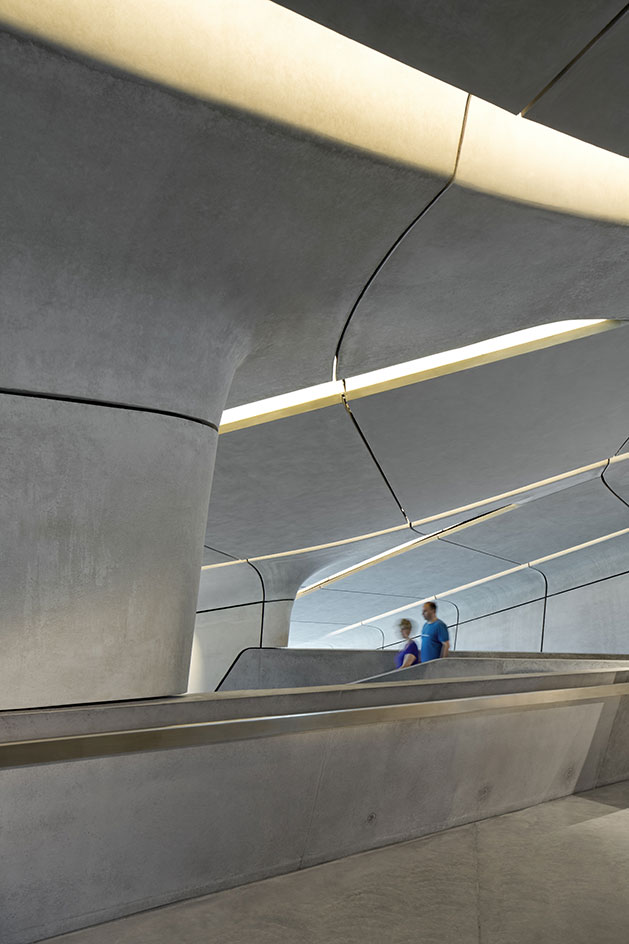
Internally, the concrete structure spans three main levels.
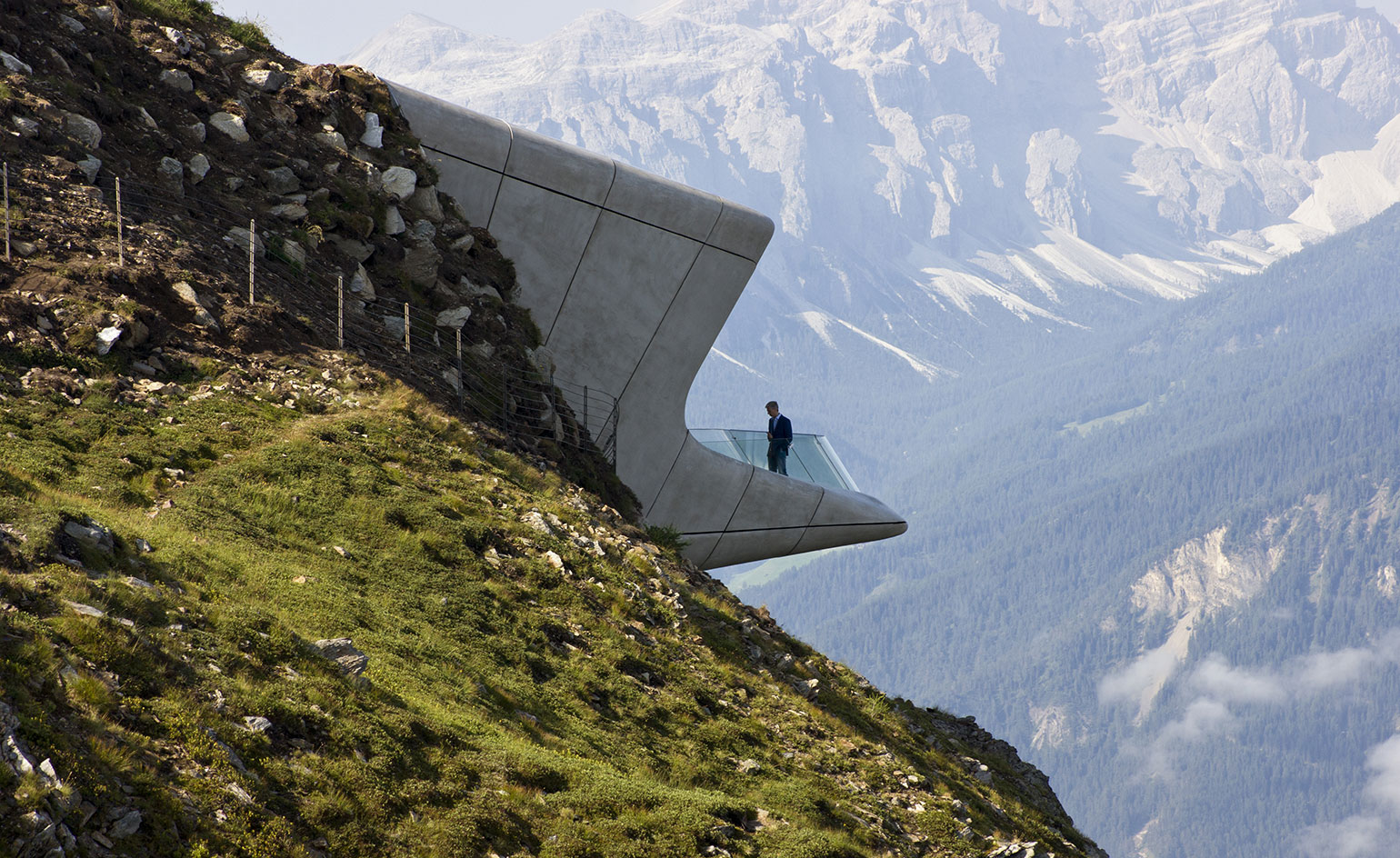
At the building's one end, the visitors can go out to a terrace that offers panoramic views of the mountainous surroundings
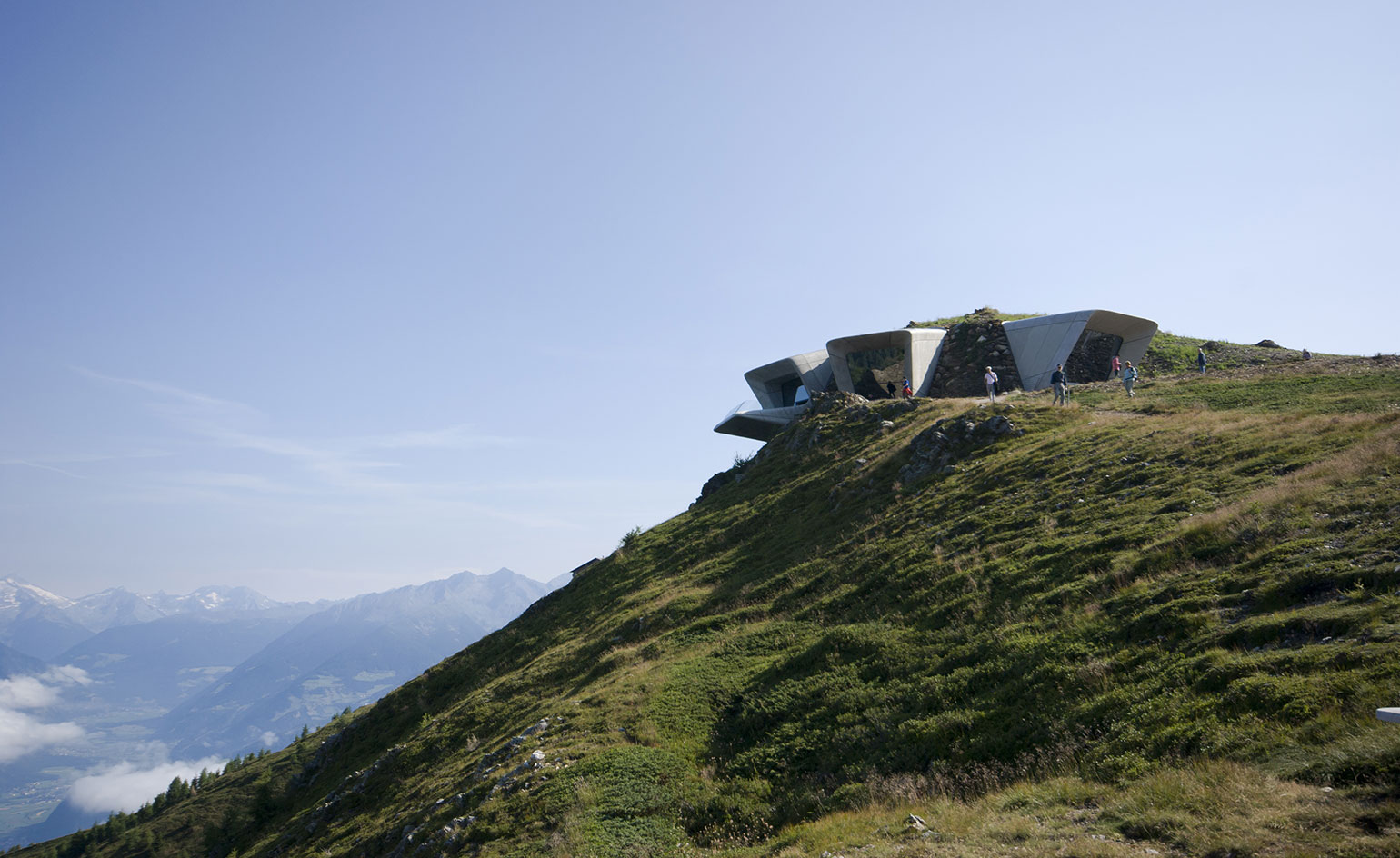
The museum celebrates mountaineering and the technological achievements revolving around climbers' equipment
Receive our daily digest of inspiration, escapism and design stories from around the world direct to your inbox.
Ellie Stathaki is the Architecture & Environment Director at Wallpaper*. She trained as an architect at the Aristotle University of Thessaloniki in Greece and studied architectural history at the Bartlett in London. Now an established journalist, she has been a member of the Wallpaper* team since 2006, visiting buildings across the globe and interviewing leading architects such as Tadao Ando and Rem Koolhaas. Ellie has also taken part in judging panels, moderated events, curated shows and contributed in books, such as The Contemporary House (Thames & Hudson, 2018), Glenn Sestig Architecture Diary (2020) and House London (2022).
-
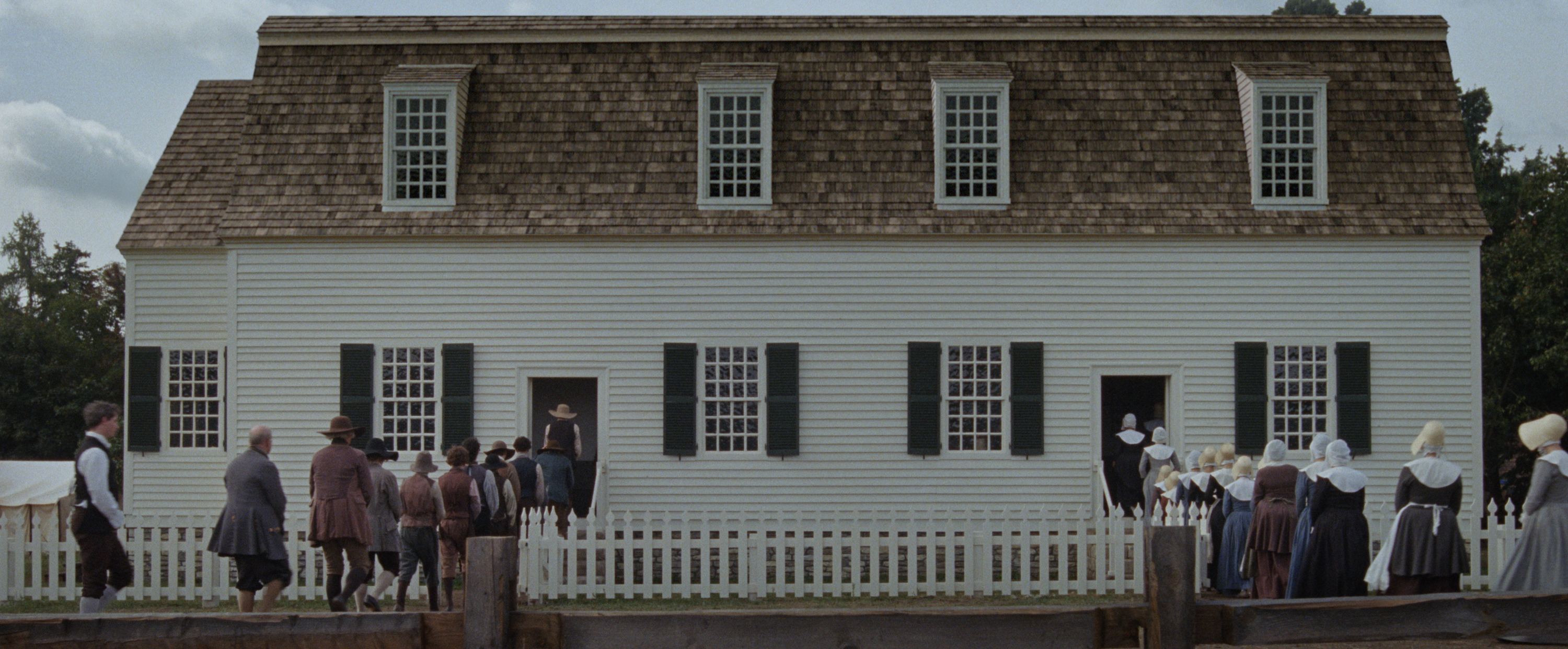 The Testament of Ann Lee brings the Shaker aesthetic to the big screen
The Testament of Ann Lee brings the Shaker aesthetic to the big screenDirected by Mona Fastvold and featuring Amanda Seyfried, The Testament of Ann Lee is a visual deep dive into Shaker culture
-
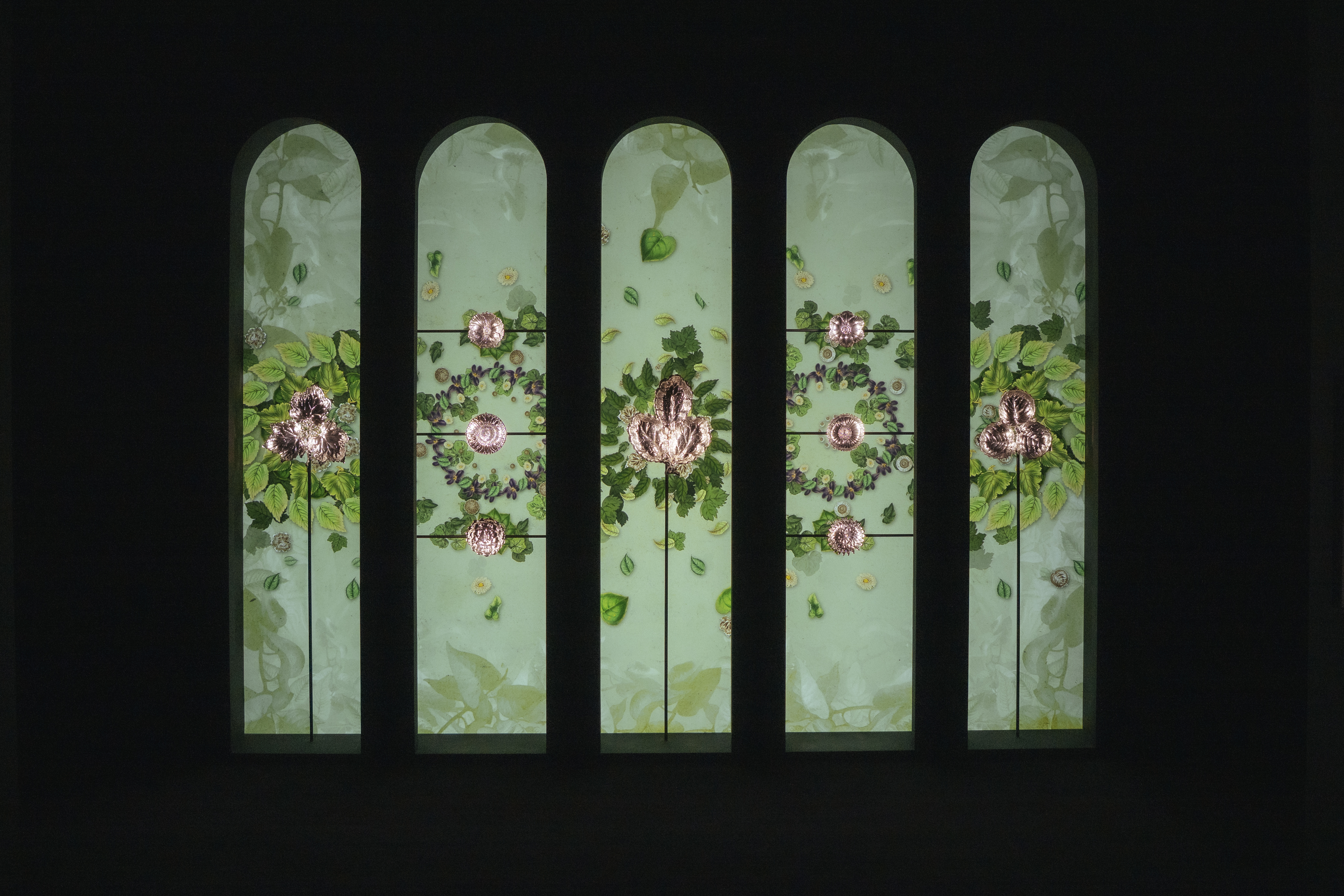 Dive into Buccellati's rich artistic heritage in Shanghai
Dive into Buccellati's rich artistic heritage in Shanghai'The Prince of Goldsmiths: Buccellati Rediscovering the Classics' exhibition takes visitors on an immersive journey through a fascinating history
-
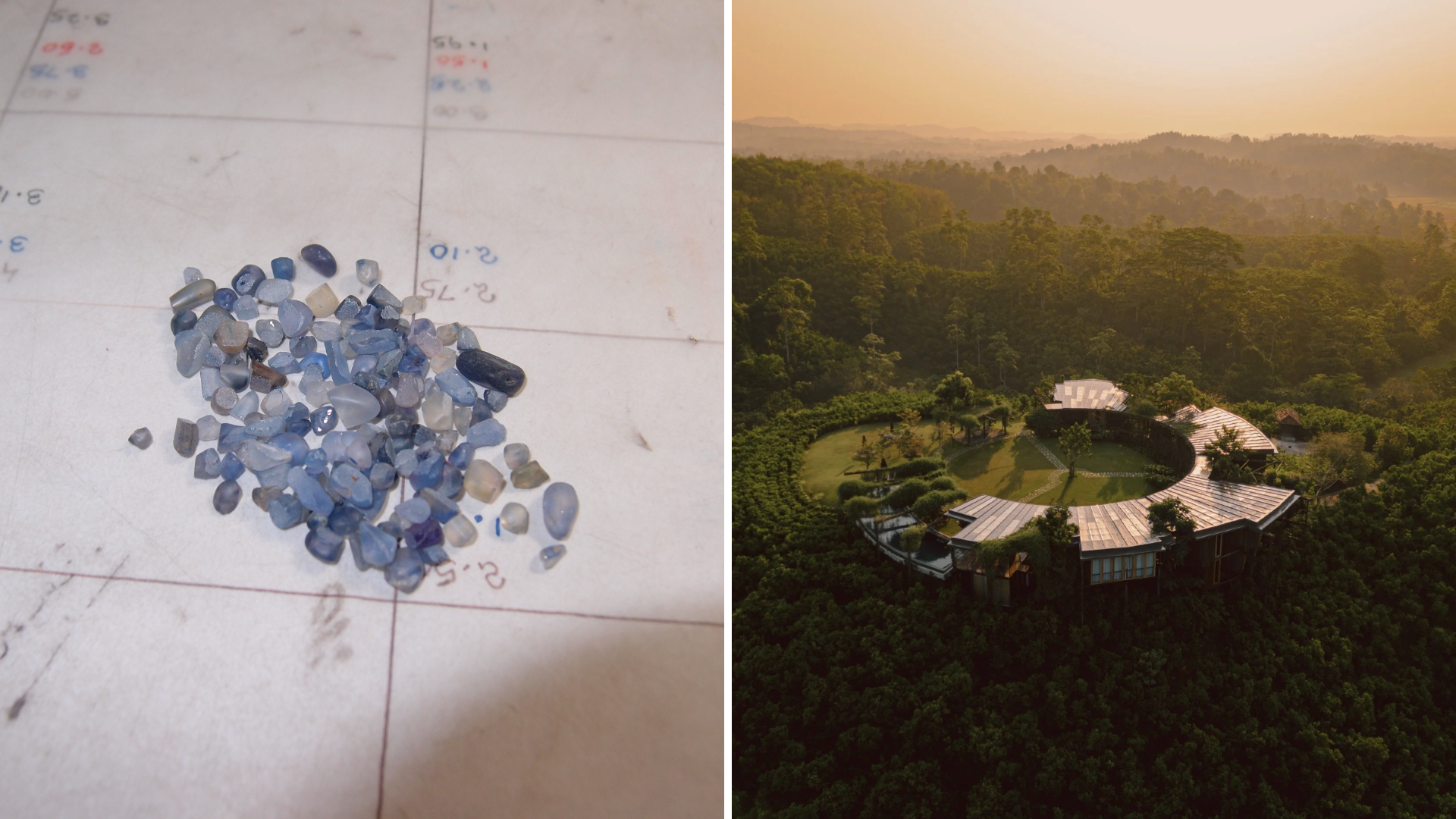 Love jewellery? Now you can book a holiday to source rare gemstones
Love jewellery? Now you can book a holiday to source rare gemstonesHardy & Diamond, Gemstone Journeys debuts in Sri Lanka in April 2026, granting travellers access to the island’s artisanal gemstone mines, as well as the opportunity to source their perfect stone
-
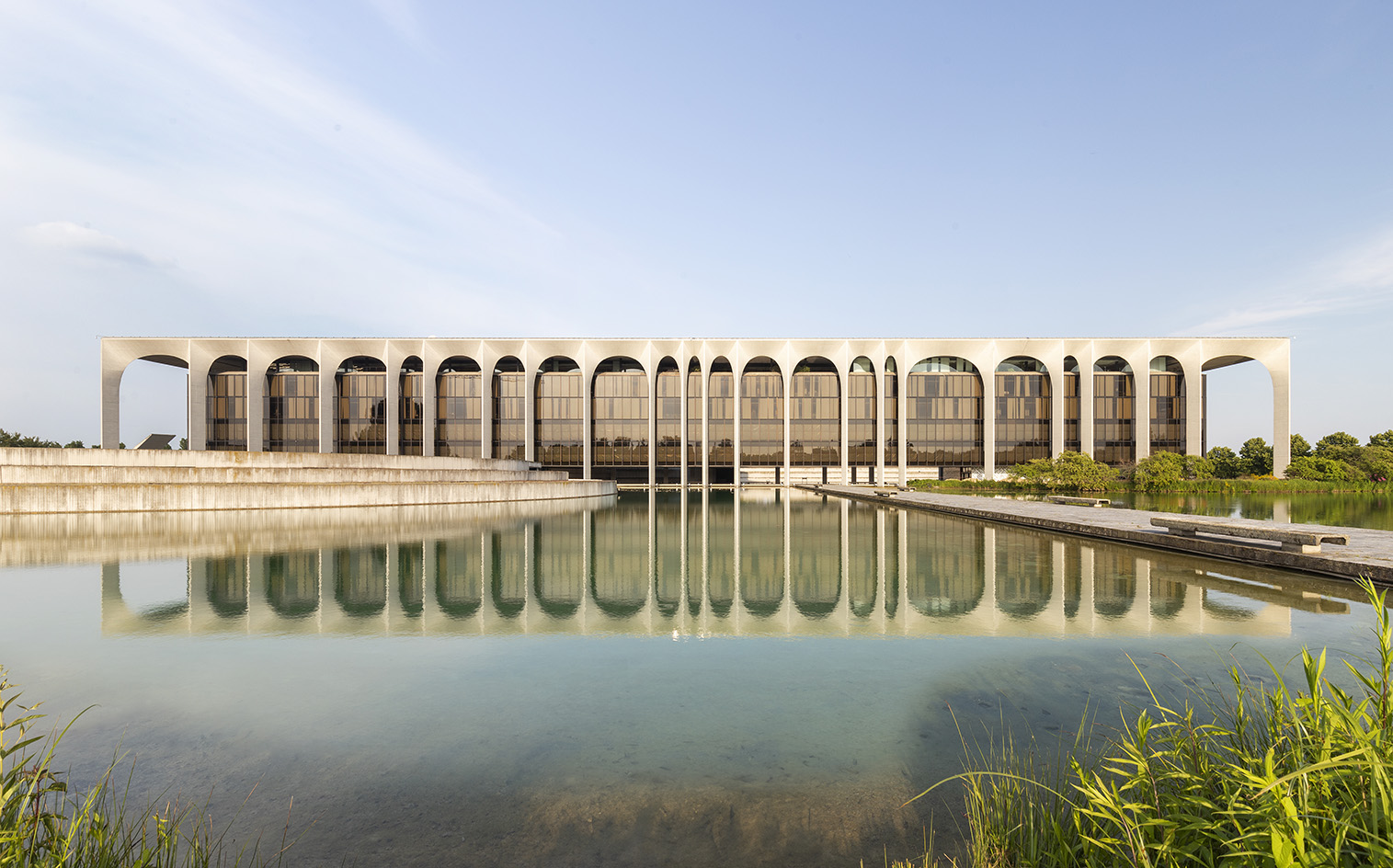 Modernist Palazzo Mondadori’s workspace gets a playful Carlo Ratti refresh
Modernist Palazzo Mondadori’s workspace gets a playful Carlo Ratti refreshArchitect Carlo Ratti reimagines the offices in Palazzo Mondadori, the seminal work by Brazilian master Oscar Niemeyer in Milan
-
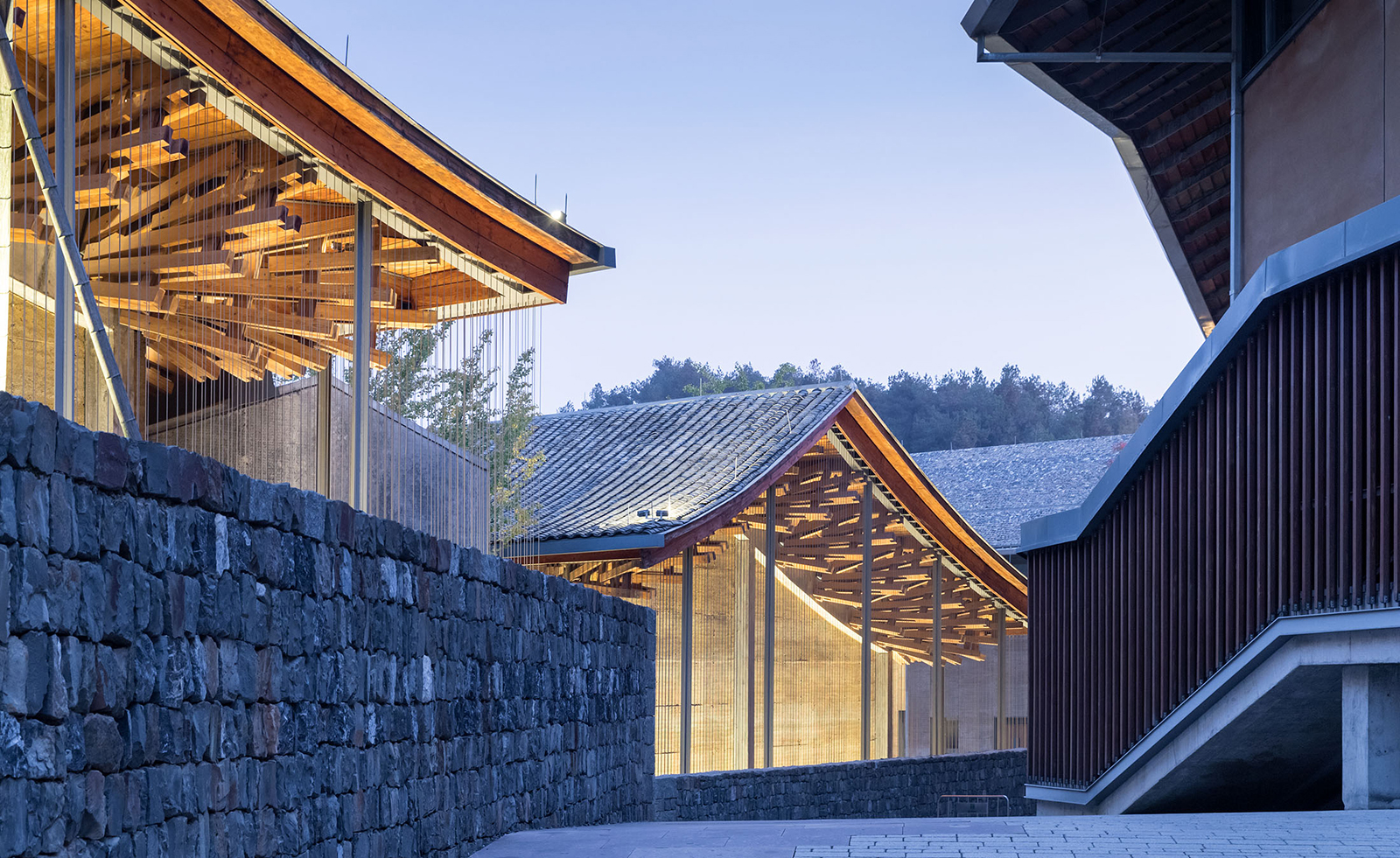 Wang Shu and Lu Wenyu to curate the 2027 Venice Architecture Biennale
Wang Shu and Lu Wenyu to curate the 2027 Venice Architecture BiennaleChinese architects Wang Shu and Lu Wenyu have been revealed as the curators of the 2027 Venice Architecture Biennale
-
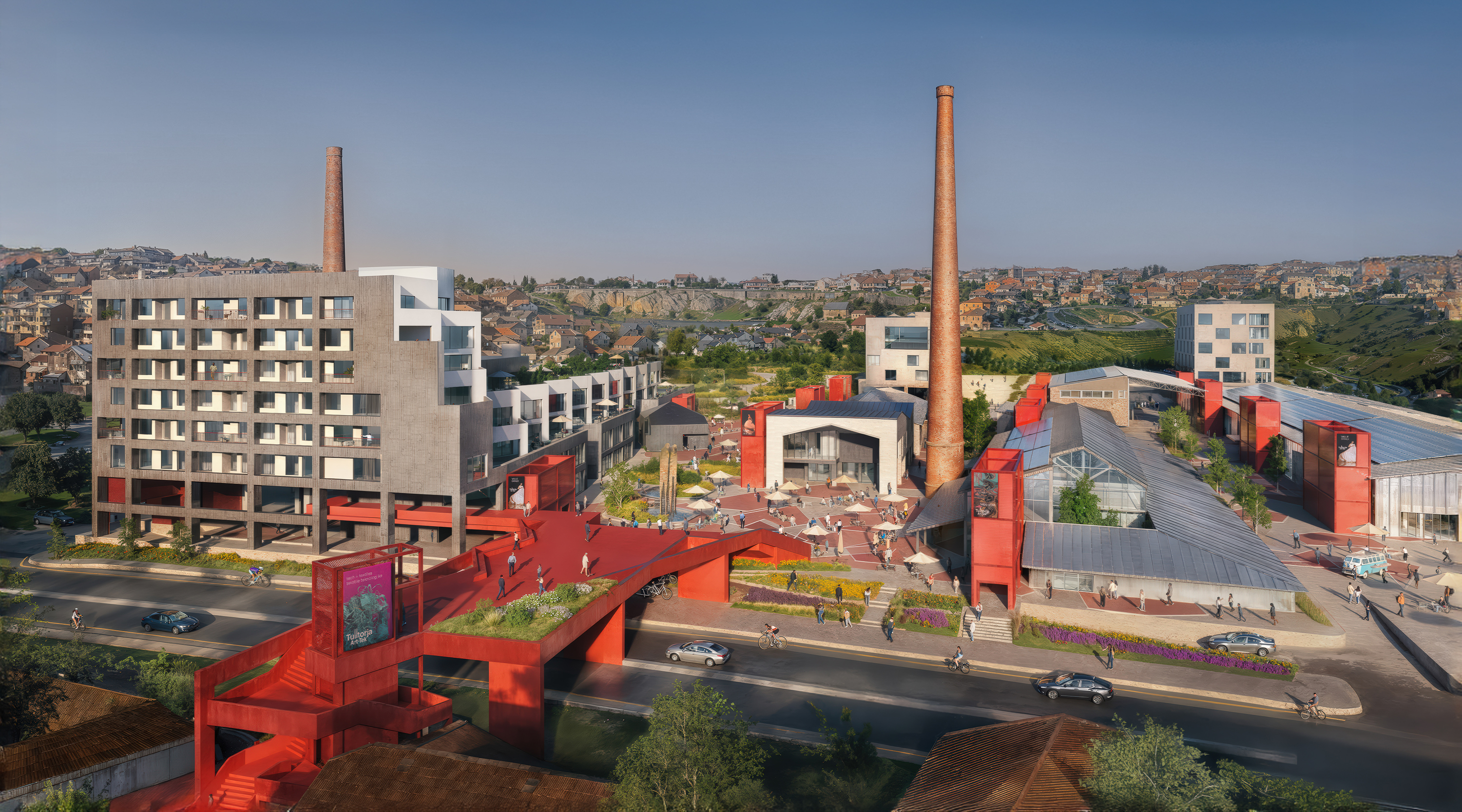 At the Holcim Foundation Forum and its Grand Prizes, sustainability is both urgent and hopeful
At the Holcim Foundation Forum and its Grand Prizes, sustainability is both urgent and hopefulThe Holcim Foundation Forum just took place in Venice, culminating in the announcement of the organisation's Grand Prizes, the projects especially honoured among 20 previously announced winning designs
-
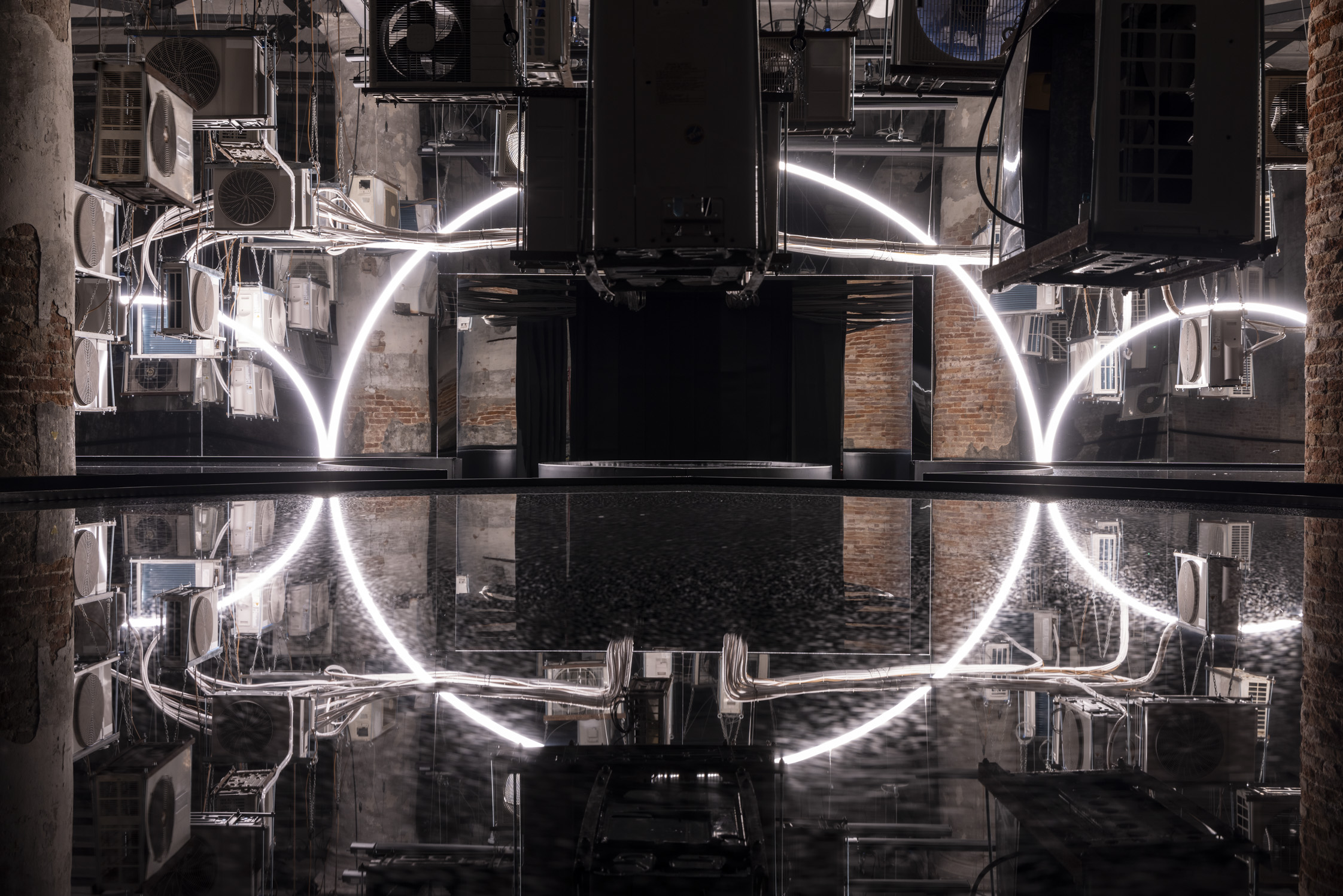 Carlo Ratti reflects on his bold Venice Architecture Biennale as it closes this weekend
Carlo Ratti reflects on his bold Venice Architecture Biennale as it closes this weekendThe Venice Architecture Biennale opens with excitement and fanfare every two years; as the 2025 edition draws to a close, we take stock with its curator Carlo Ratti and ask him, what next?
-
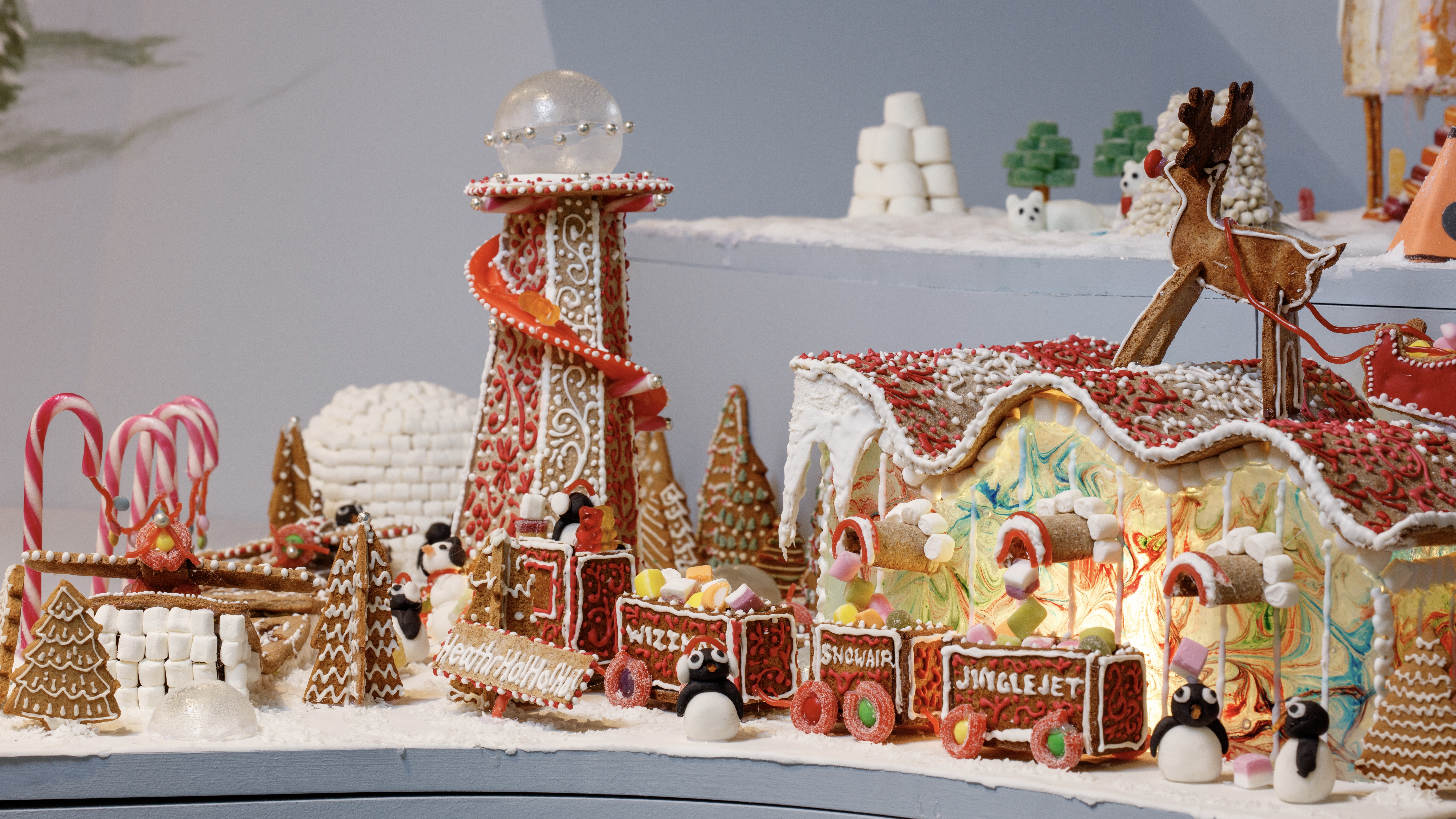 Welcome to The Gingerbread City – a baked metropolis exploring the idea of urban ‘play’
Welcome to The Gingerbread City – a baked metropolis exploring the idea of urban ‘play’The Museum of Architecture’s annual exhibition challenges professionals to construct an imaginary, interactive city entirely out of gingerbread
-
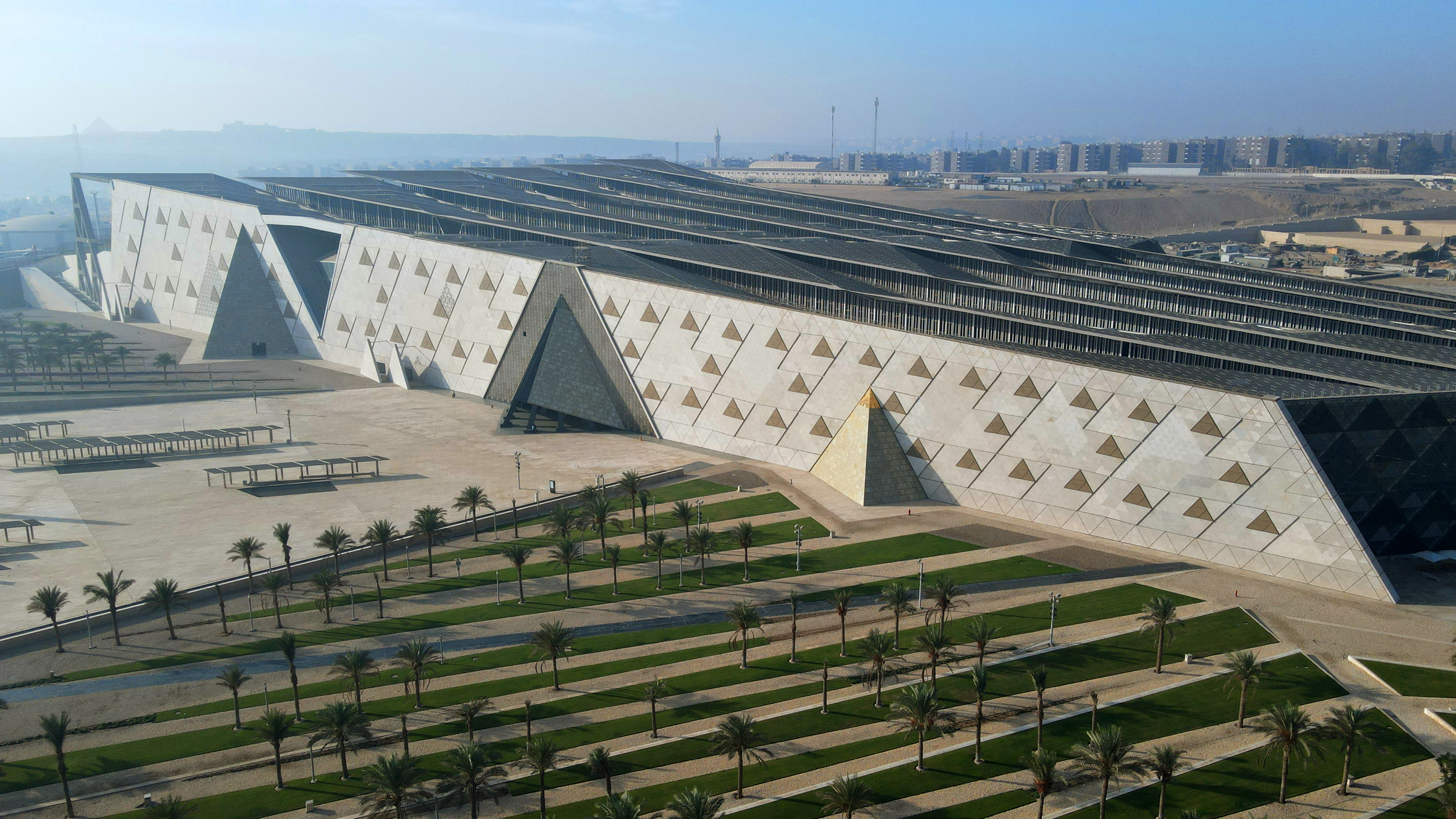 The Grand Egyptian Museum – a monumental tribute to one of humanity’s most captivating civilisations – is now complete
The Grand Egyptian Museum – a monumental tribute to one of humanity’s most captivating civilisations – is now completeDesigned by Heneghan Peng Architects, the museum stands as an architectural link between past and present on the timeless sands of Giza
-
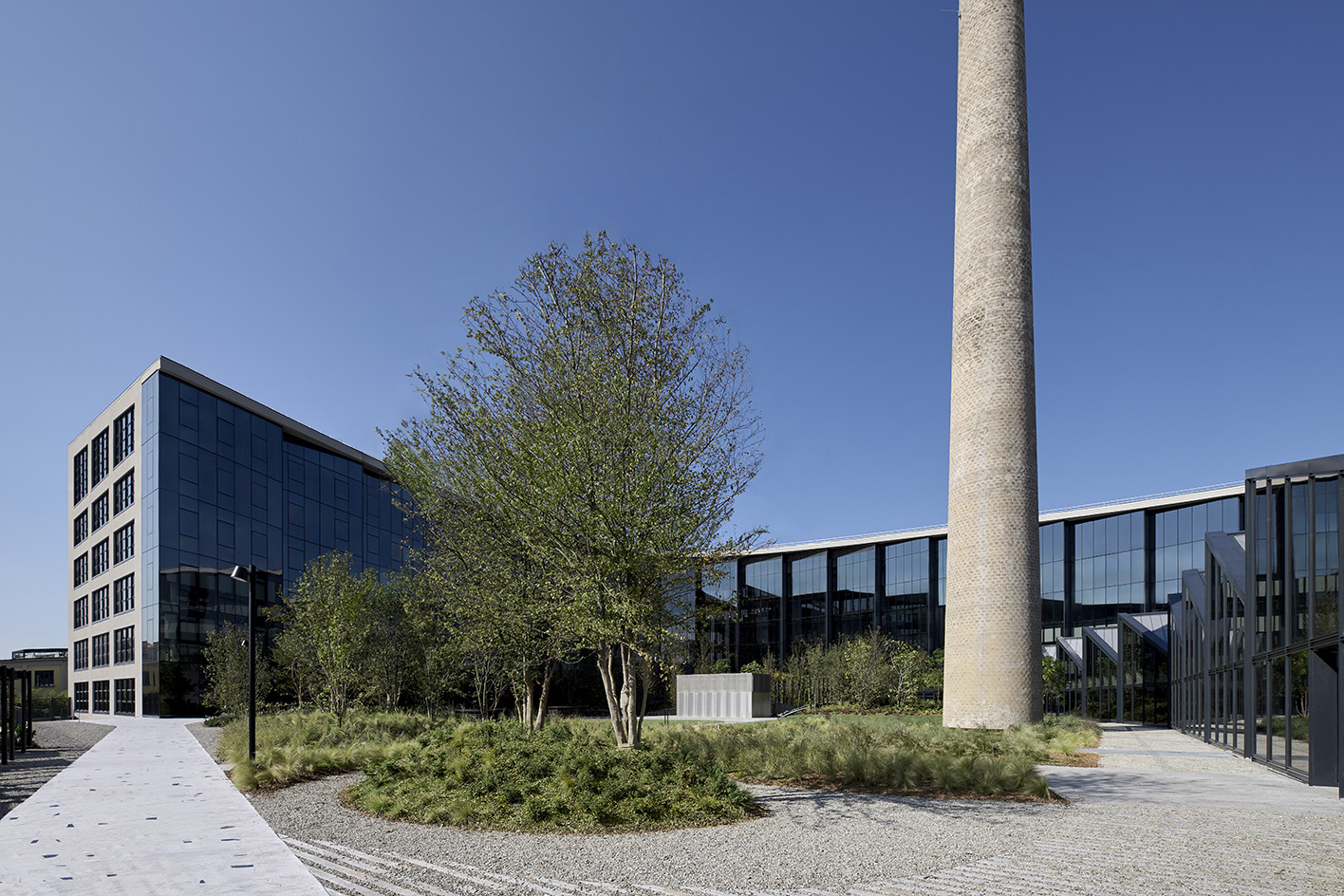 Step inside Casa Moncler, the brand’s sustainable and highly creative Milanese HQ
Step inside Casa Moncler, the brand’s sustainable and highly creative Milanese HQCasa Moncler opens its doors in a masterfully reimagined Milanese industrial site, blending modern minimalism and heritage, courtesy of ACPV Architects Antonio Citterio Patricia Viel
-
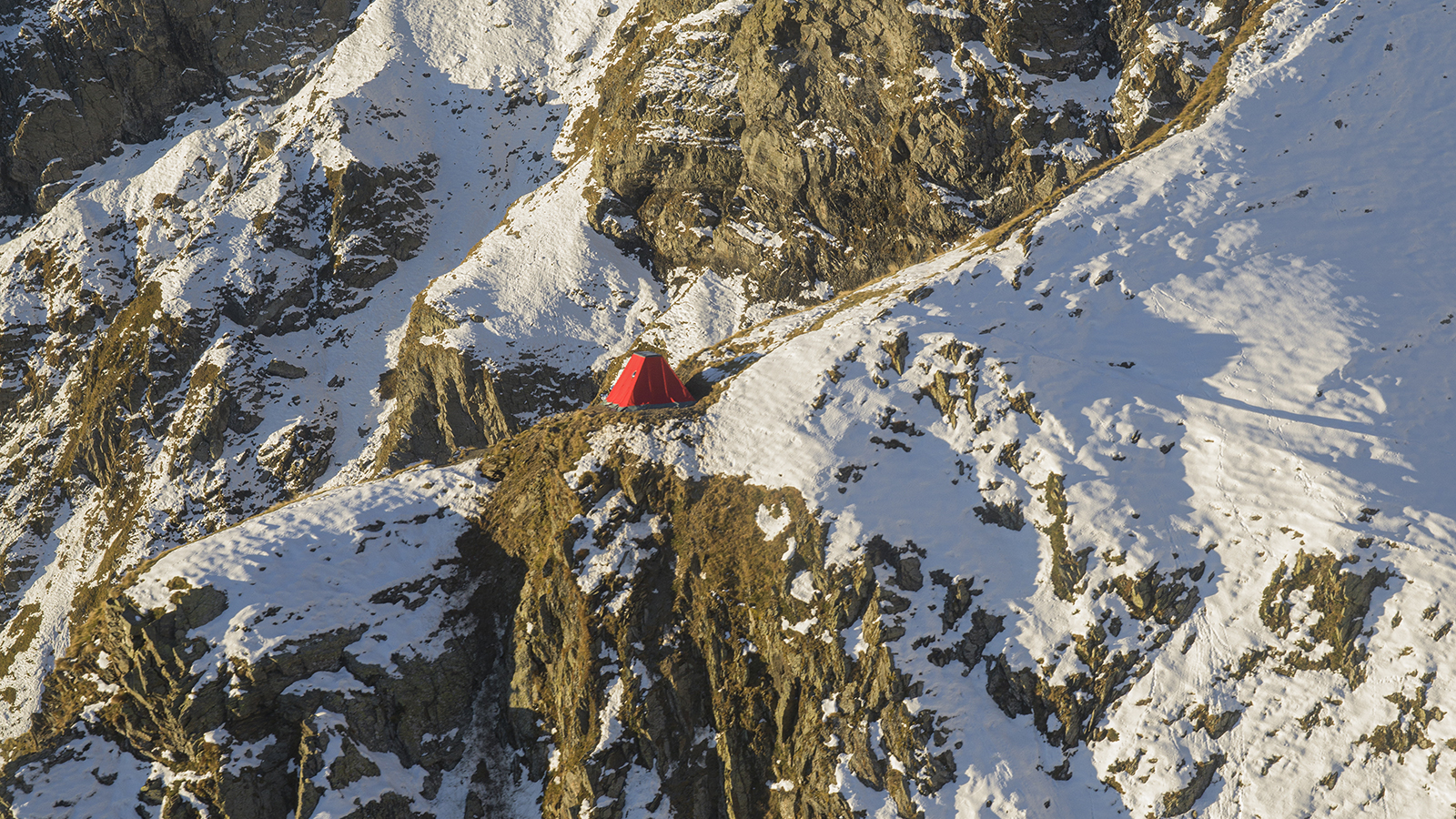 Aldo Frattini Bivouac is a mountain shelter, but not as you know it
Aldo Frattini Bivouac is a mountain shelter, but not as you know itA new mountain shelter on the northern Italian pre-Alp region of Val Seriana, Aldo Frattini Bivouac is an experimental and aesthetically rich, compact piece of architecture